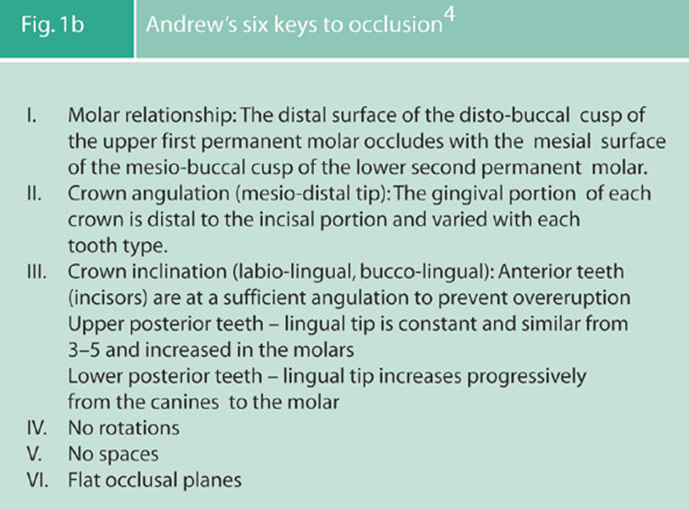 There are many myths about midlines that plague professionals providing orthodontic care. Are you thinking about midlines incorrectly?
There are many myths about midlines that plague professionals providing orthodontic care. Are you thinking about midlines incorrectly?
Dr. Jeffery Taylor dispels some of the most common misconceptions in this article. Follow Dr. Taylor’s tips to help you be more effective with midline symmetry in your orthodontic cases.
1. The upper midline to the face is a diagnostic issue.

If the upper midline is not correct to the face, then we should determine why at the diagnostic stage of the planning. Very frequently, an upper midline is off due to a missing tooth somewhere in the maxillary arch.

In this example, the patient is missing an upper right first bicuspid and you can see the upper is shifted to the patient’s right because of this.
There are several other reasons that the midline could be off to the face. Upper midlines to the face could also be off due to a tooth size discrepancy, frequently seen in upper lateral incisors. Needless to say, if there is space in the upper, it is likely that the midline would be off to the face, or something else would be less than ideal. Although exceedingly rare, the maxilla could be off center to the skull and this would require surgery to correct.
The upper midline to the face is very important, and that is why we should make sure that the treatment plan chosen will address and correct this issue!
2. The upper to lower midlines should be addressed as soon as possible in the treatment.
This is a VERY common misconception and I field questions about this constantly.
Upper to lower midlines are a finishing issue, NOT a mechanics issue. By that I mean the case needs to have cuspids Class I right and left before you ever address the upper to lower midlines! If one side had 3mm Class II and the other side had 1mm Class II, it makes perfect sense that the midlines would be non-coincidental upper to lower. Another reason you may have an upper to lower discrepancy is called excess horizontal overjet at the cuspid area.

In this image you can see the upper to the lower is off. Note the tight cuspid relationship on the right and the excess overjet of the cuspid on the left. The solution for this is a crossarch elastic from the upper left cuspid to the lower right cuspid. This is typically a 4.5oz 1/4" elastic (Eagle) to be worn as close to 24 hours a day as possible.
This elastic will shift the upper over the lower and make the upper to lower midlines coincidental.
If the doctor focuses his/her attention on the upper to lower midlines early in treatment, they will be wasting valuable treatment time instead of focusing on what it is important in the case, that is getting cuspids Class I.
3. The upper to lower midline being aligned perfectly is an indicator of quality treatment.

In a perfect case in perfect world, the upper to lower would be perfectly coincidental. But a much better indicator of a quality finish would be to have all of Andrew’s six keys to occlusion met:

If you accomplish all the above keys to occlusion (and there are no tooth size discrepancies), then the upper to lower midlines will be aligned. So you could have some errors in the posterior occlusion and still have a good upper to lower and that is not an ideal finish.
Unless you have the right diagnostic understanding, correcting patients’ midlines can be difficult to fix. We hope that Dr. Taylor’s insights on common misconceptions will help you be more successful with these orthodontic cases.
Want more finishing guidance and oversight from Dr. Jeffery Taylor? Join his Orthodontic Finishing Course


